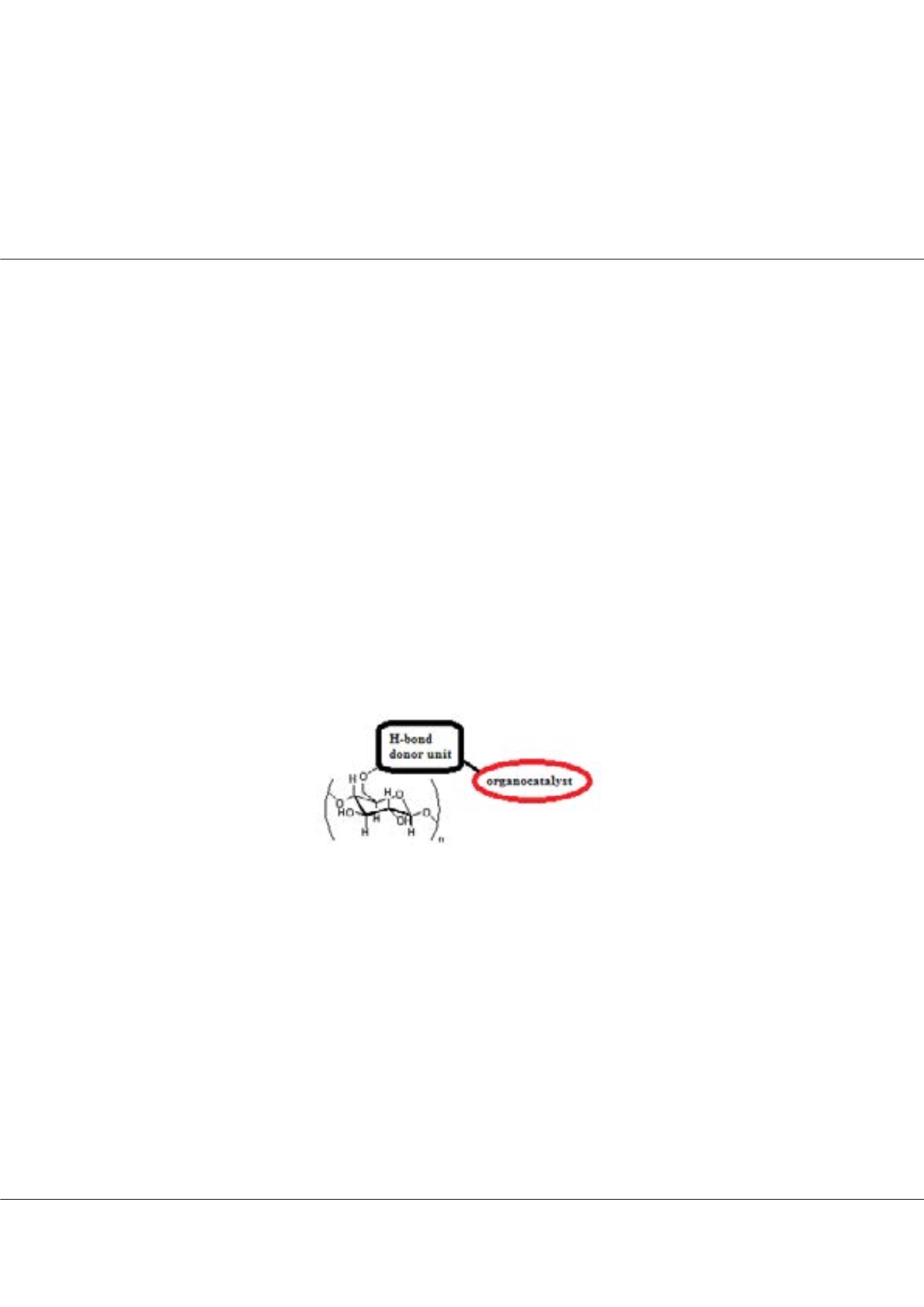

Page 27
Notes:
conferenceseries
.com
Volume 7, Issue 2 (Suppl)
J Adv Chem Eng, an open access journal
ISSN: 2090-4568
Euro Chemical Engineering 2017
November 16-17, 2017
ADVANCES IN CHEMICAL ENGINEERING AND TECHNOLOGY
November 16-17, 2017 | Paris, France
2
nd
International Conference on
Synthesis and application of organocatalysts anchored to oligosaccharides and their recovery
Jozsef Kupai
1
, Peter Kisszekelyi
1
, Balint Zeller
1
, Sandor Nagy
1
, Petra Kozma
1
and
Peter Huszthy
1
1
BUTE, Hungary
O
rganocatalysis, inwhich organicmolecules catalyze single ormultiple chemical transformations, has emerged as an efficient
solution for the rapid and stereoselective synthesis of enantiomerically enriched molecules. Due to the many advantages
of organocatalysis compared to conventional metal catalysis, organocatalytic methodologies have become an attractive
synthetic tool in asymmetric catalysis. Cinchona alkaloids and their derivatives have proven to be powerful organocatalysts
owing to their reactivities, leading to high enantioselectivities. The presence of tunable functional groups enables cinchona
alkaloids to catalyze a broad range of chemical reactions. Chiral thioureas and squaramides are promising classes of cinchona-
based organocatalysts. Based on non-covalent interactions they behave as very efficient, directional hydrogen-bond donors.
Nowadays more and more attention is paid to protect our environment, and catalyst recovery can be a useful tool to reach this
goal. Nanofiltration is a relatively recent membrane filtration process which –in special cases – allows the separation of different
organic molecules. Attaching cinchona moieties on oligosaccharides (see Figure 1.) seems to be an effective way to achieve
convenient organocatalysts that can be easily separated from the reaction mixture. New cinchona-based organocatalysts were
prepared starting from different types of oligosaccharides and hydroquinine. These bifunctional organocatalysts were applied
successfully with high yield and enantioselectivity in asymmetric Michael additions between different types of Michael donors
and acceptors. After the enantioselective reactions, separation of the products and the oligosaccharide-based catalysts were
carried out applying the nanofiltration method with high efficiency resulting in a sustainable organocatalytic method.
This work was supported by the Hungarian Scientific Research Fund/National Research, Development and Innovation Office
[OTKA 112289, PD108462].
Figure 1
.
General structure of the new oligosaccharide-based organocatalyst family.
Biography
Jozsef Kupai focuses on the synthesis of enantioselective catalysts bearing cinchona alkaloid moieties. His research group applies cinchona-thioureas and
squaramides in Michael additions with excellent yields and enantioselectivities. It was necessary to find different methods for the recovery of these catalysts to
reach their sustainable application. Therefore, immobilization of cinchonas to different solid supports were achieved. On this conference, he will demonstrate the
new immobilization methods of cinchona catalysts to make them appropriate for recovery by different techniques.
jkupai@mail.bme.huJozsef Kupai et al., J Adv Chem Eng 2017, 7:2(Suppl)
DOI: 10.4172/2090-4568-C1-002
















